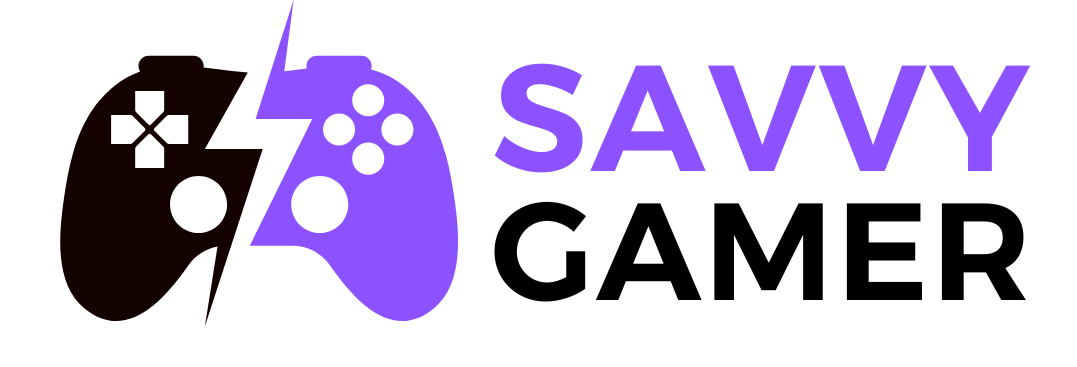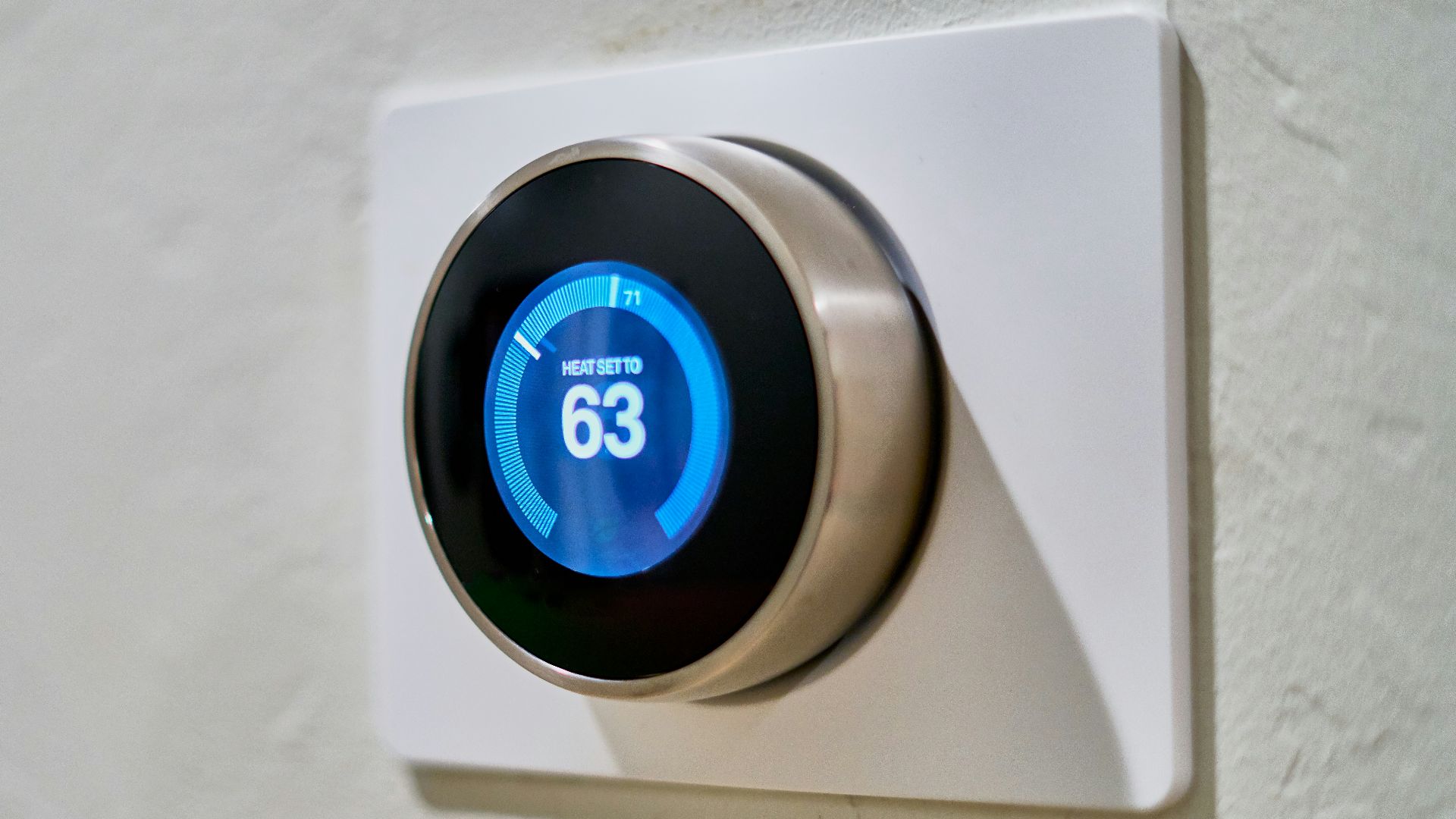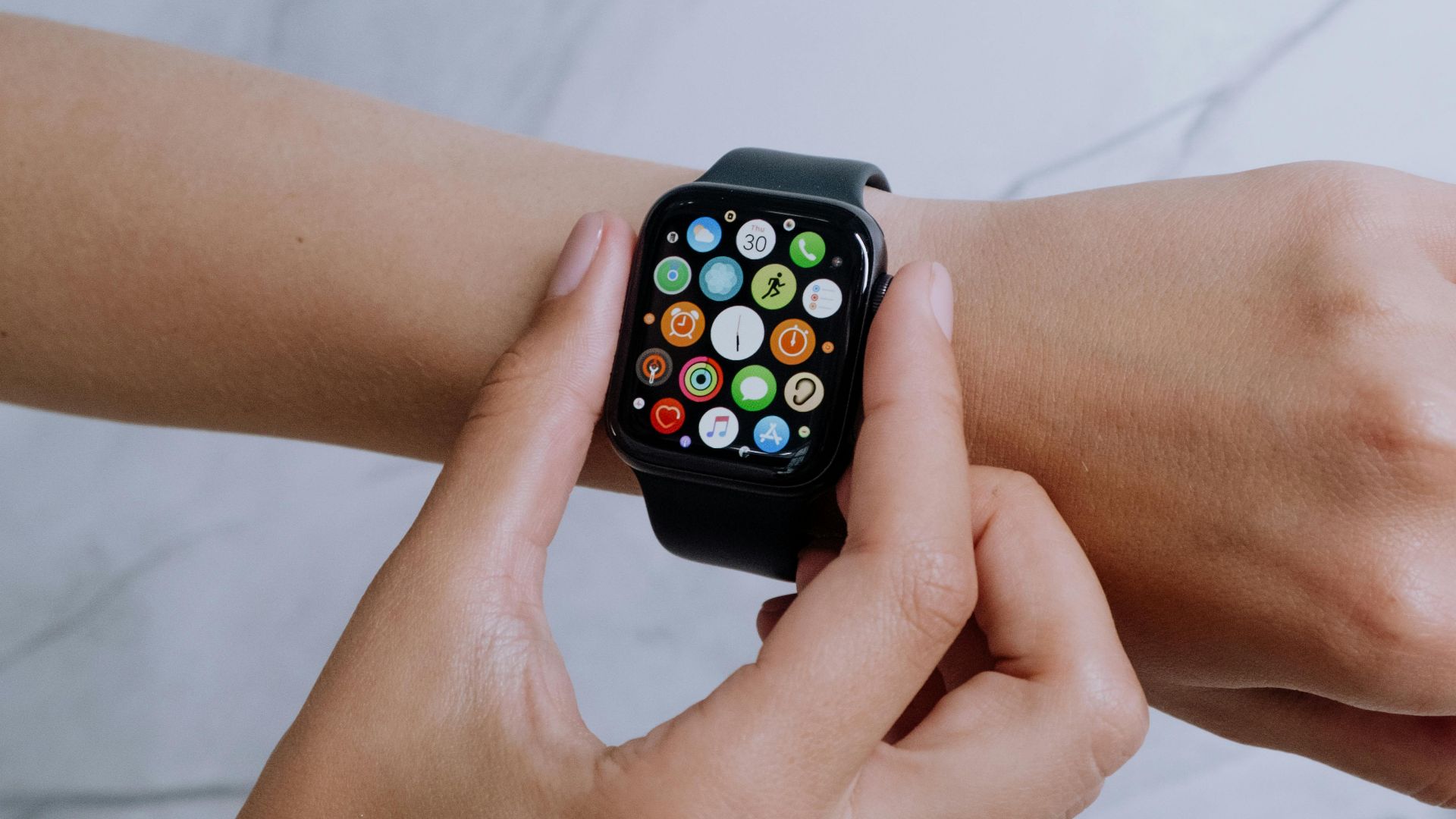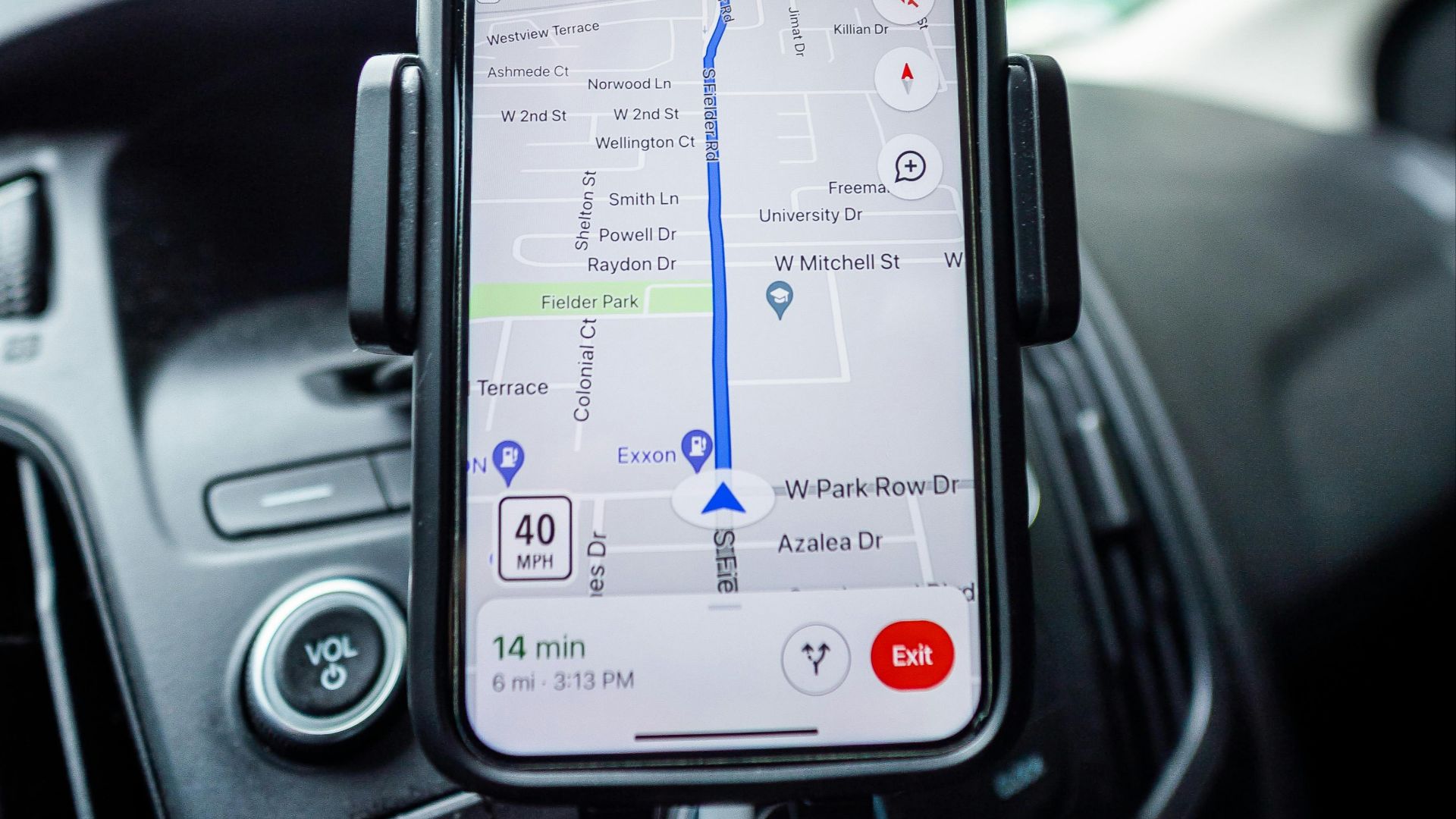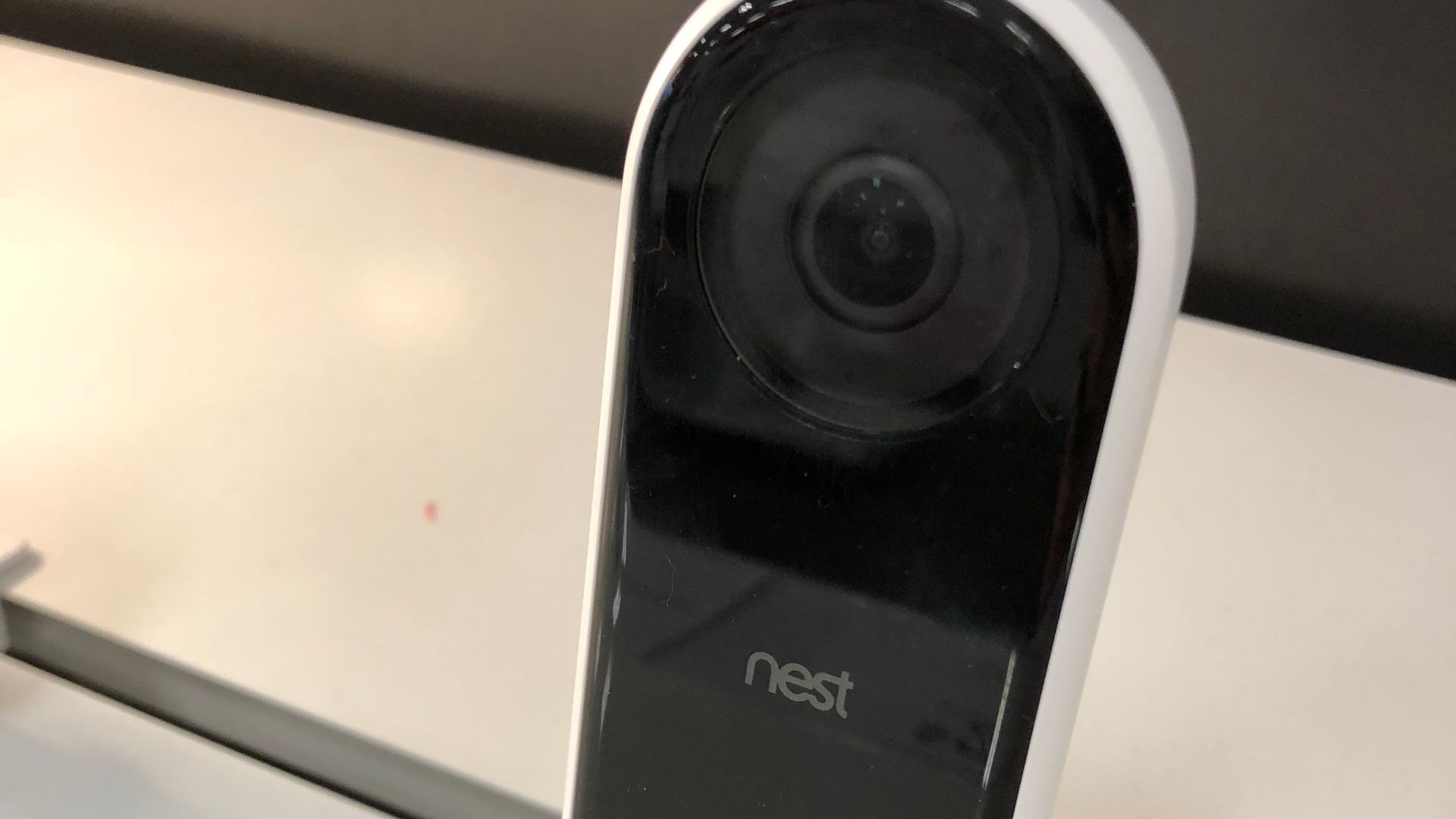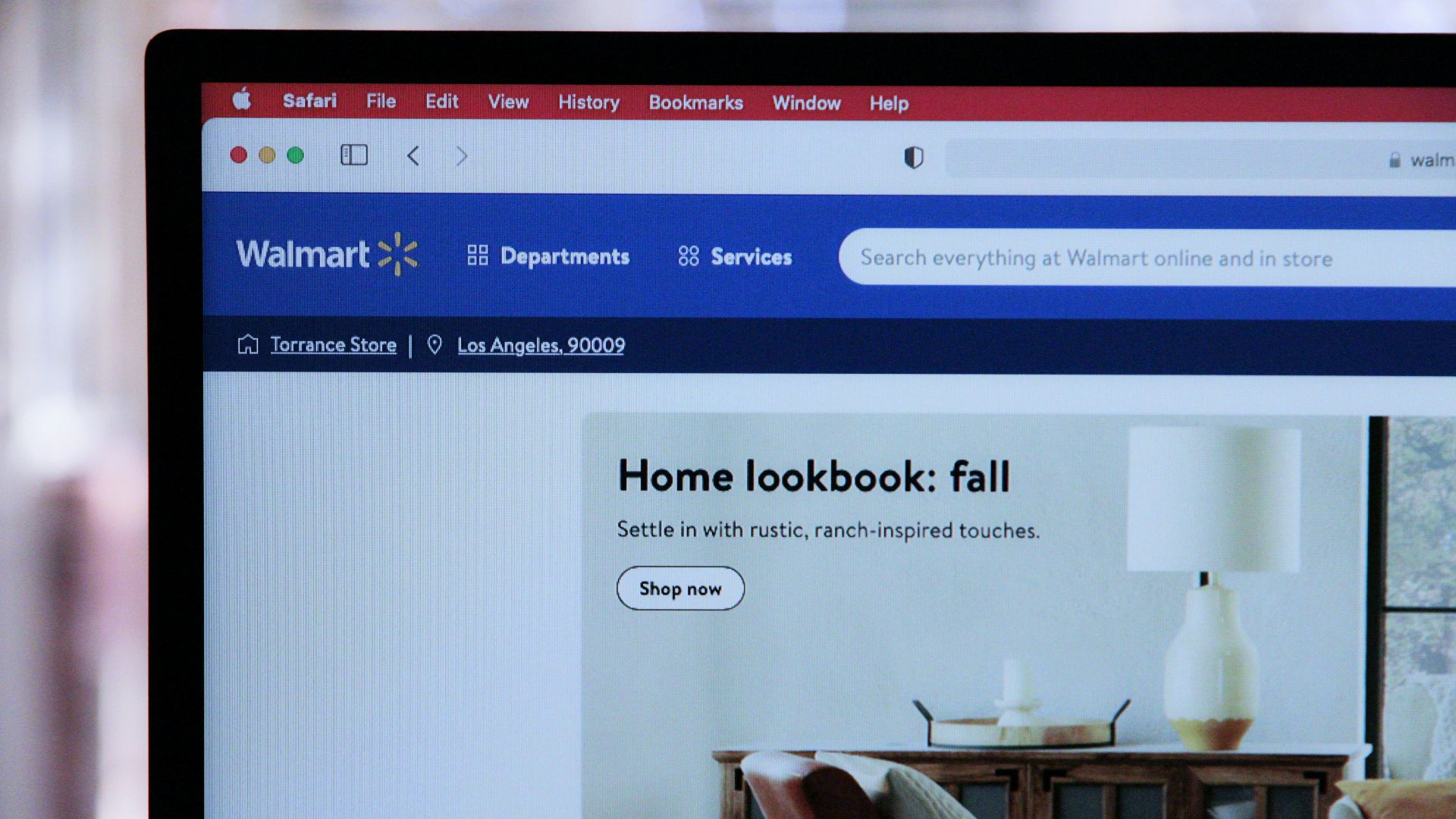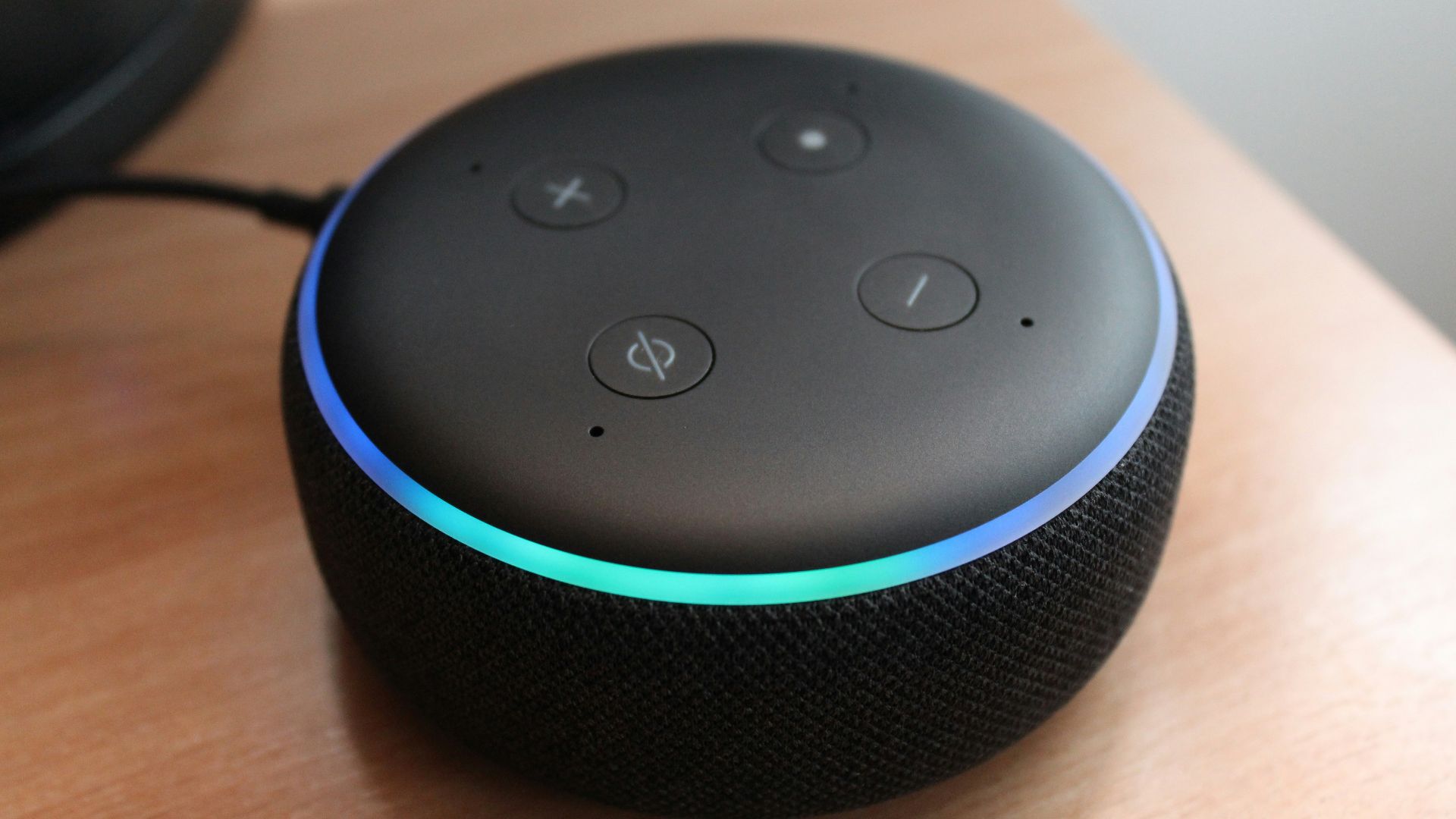Weird Ways AI Shows Up
Some tools promise to change your life—until they don’t. You’re left with AI features no one asked for and problems that are still unsolved. The real game-changers? They slip right into your routine and quietly make life easier. Now more than ever, that difference matters. So, before you buy into the buzz, let’s separate the noise from what truly delivers, starting with the useless inventions.
 FIRST LOOK SMART MIRROR BY MySize by MySize, Inc. (NASDAQ: MYSZ)
FIRST LOOK SMART MIRROR BY MySize by MySize, Inc. (NASDAQ: MYSZ)
1. Toothbrushes
They say their toothbrush is smart enough to guide your brushing in real-time. But what’s under the hood? Sadly, it's just motion and pressure sensors—not a new AI tech. You’re mostly paying for the buzzword, not a leap in oral hygiene.
 Oral-B Genius X 20000 luxe edition unboxing by Arek
Oral-B Genius X 20000 luxe edition unboxing by Arek
2. Mirrors
These mirrors claim to track skin health and even your outfit’s confidence factor using artificial intelligence. However, many models rely on simple image filters and non-AI lighting suggestions. Users pay a premium for surface-level analysis that could be done better by trained professionals or apps without “intelligent” branding.
 Smart Mirror Skin Detection: Revolutionizing Skincare for Women by Smart Mirror Guide
Smart Mirror Skin Detection: Revolutionizing Skincare for Women by Smart Mirror Guide
3. Robotic Pet Companions
Robotic pets like Paro or Moflin mimic affection through AI-powered sound and motion. While the tech is impressive, emotional substitution lacks the long-term cognitive benefits real animals provide. What’s marketed as therapeutic companionship often amounts to pricey electronic distraction.
 Moflin AI Robotic Pet Unboxing & First Impressions - Cutest Robot EVER 😲😍 by Thanks to Caleb Chung
Moflin AI Robotic Pet Unboxing & First Impressions - Cutest Robot EVER 😲😍 by Thanks to Caleb Chung
4. Emotional Support Apps
Apps that promise AI companionship for mental wellness spark serious ethical concerns. These tools simulate empathy without emotional intelligence. Without clinical oversight, they risk providing false reassurance or inappropriate advice. Clinical psychologists have repeatedly warned that machine empathy isn’t a substitute for licensed human care.
 How the Wysa app draws on AI to support mental health by Swiss Re
How the Wysa app draws on AI to support mental health by Swiss Re
5. Cat Translators
The claim: neural networks that decode meows. MeowTalk and similar apps use machine learning to categorize vocalizations into human phrases. Current models lack peer-reviewed validation and offer generalized guesses. So far, no evidence supports the claim that AI can “translate” cats accurately.
 Meow Talk Cat Translator App by Mike Jeavons
Meow Talk Cat Translator App by Mike Jeavons
6. Horoscope Apps
Apps like Co–Star and The Pattern use AI to generate hyper-personalized horoscopes based on user data. While branded as intelligent astrology, the systems rely on scripted responses and vague sentiment algorithms. There’s no scientific basis behind the predictions, just a polished interface masking recycled pseudoscience with artificial flair.
 I downloaded The Pattern app....interesting results by Augy-E
I downloaded The Pattern app....interesting results by Augy-E
7. Wine Advisors
Many AI wine selectors ask for your taste preferences and food pairings and then produce recommendations. In reality, these are rule-based filters with limited adaptation. Algorithms cannot yet interpret nuanced palate shifts or regional wine quality. Human sommeliers remain unmatched in accuracy and experience.
 Artificial Intelligence Can Help You Choose The Perfect Wine | The Pulse | CNBC by CNBC
Artificial Intelligence Can Help You Choose The Perfect Wine | The Pulse | CNBC by CNBC
8. Hairbrushes
Introduced by beauty giants like L’Oréal, these brushes promise to analyze hair quality and brushing habits. Yet the tech often boils down to a microphone detecting sounds of hair breakage. It’s flashy but flawed: results vary with room acoustics and background noise.
 L'Oreal Smart Hairbrush Kerastase Hair Coach by Withings by Jay Hiroyama
L'Oreal Smart Hairbrush Kerastase Hair Coach by Withings by Jay Hiroyama
9. Plant Pots
Marketed to those lacking a green thumb, these pots claim to monitor moisture and plant health using AI. Most operate on basic sensor feedback, not machine learning. They cannot diagnose specific plant diseases or adapt recommendations. Traditional sensors can achieve the same.
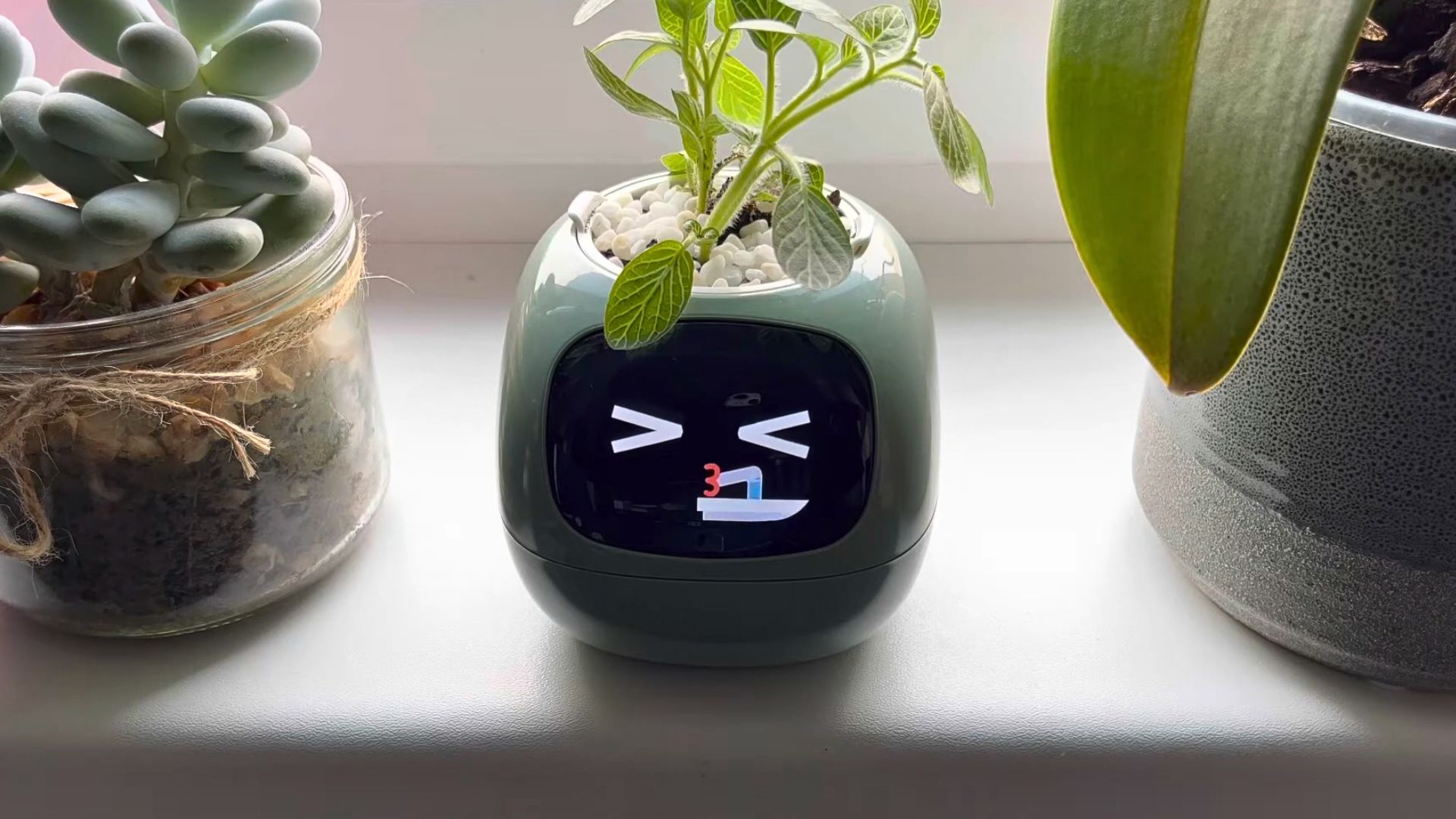 Small Smart Planter Ivy by PlantsIO by RoboTech
Small Smart Planter Ivy by PlantsIO by RoboTech
10. Baby Cry Analyzers
Devices like ChatterBaby claim to decode a baby's cries into hunger or fatigue using AI. The truth? Accuracy rates are inconsistent across infants. Cry patterns vary significantly, which makes generalizations unreliable. Many pediatricians caution against relying on such tools over direct observation or medical advice for infant care.
 Mom Creates App for Deaf Parents That Interprets Baby's Cries by Inside Edition
Mom Creates App for Deaf Parents That Interprets Baby's Cries by Inside Edition
Once the fluff clears out, the real tech stands tall. Let’s shift gears and look at the AI products that are actually pulling their weight.
1. Writing Assistants
Tools like ChatGPT and Grammarly are changing communication across industries. These systems use large language models trained on billions of data points to refine grammar and generate professional-grade writing. Rather than replacing writers, they streamline workflows and help non-native speakers communicate clearly in business and customer service.
2. Smart Home Thermostats
AI-powered thermostats, like those from Nest and Ecobee, learn user behavior. By analyzing daily patterns and adjusting in real-time, they reduce energy waste and save money. According to the EPA, these devices can cut utility costs by up to 10–12% annually in most households.
3. Health Monitors
Wearable devices now integrate AI to detect irregular heart rhythms and early signs of stress. The Apple Watch uses machine learning to analyze ECG patterns and notify users of atrial fibrillation risks. These tools improve preventive care and have already helped identify undiagnosed conditions worldwide.
4. Navigation
Behind every turn-by-turn direction in apps like Google Maps and Waze is a machine-learning system constantly analyzing traffic flow and user behavior. The systems update routes dynamically to save time and fuel, often recalculating thousands of variables in real time based on sensor data and anonymized user input.
5. Language Translation Earbuds
AI-driven earbuds, such as those from Timekettle or Google Pixel Buds, support real-time translation in dozens of languages. Using neural machine translation models, they detect spoken language and deliver nearly instant results. For travelers and international teams, these buds bridge communication gaps that once required human interpreters.
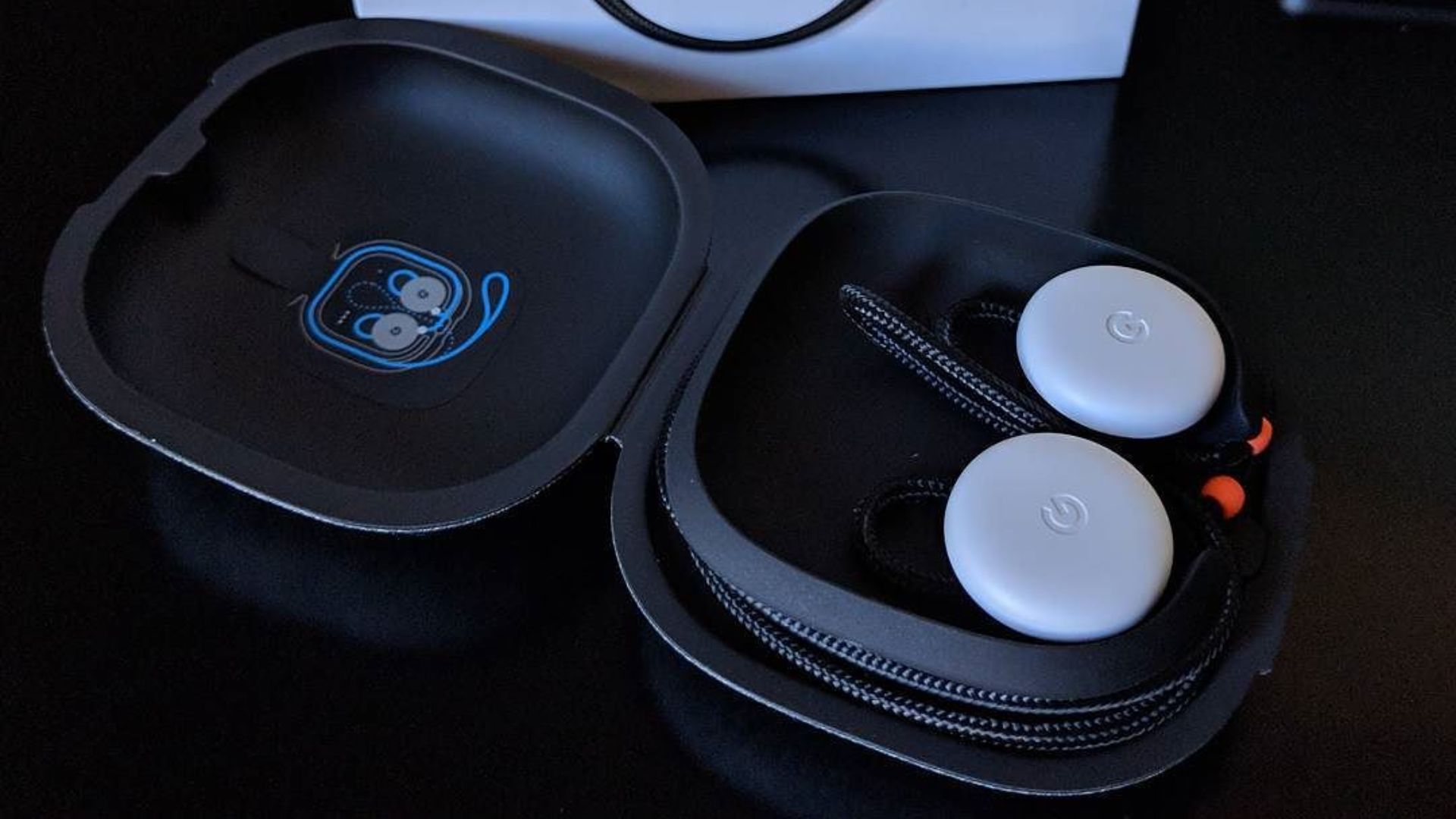 Robert Nelson from Tarpon Springs, Florida, USA on Wikimedia
Robert Nelson from Tarpon Springs, Florida, USA on Wikimedia
6. Smart Security Cameras
AI-enhanced cameras identify motion types and flag unusual activity. Amazon’s Ring and Google Nest use computer vision to reduce false alerts and increase response times. Many systems can distinguish between a waving tree branch and a potential intruder to save users constant notification fatigue.
7. Inventory Tools
Retailers like Walmart and Zara use AI to predict demand and reduce overordering. These systems process sales data and even social media trends to keep supply chains nimble. The result is lower storage costs and faster restocks, all driven by predictive modeling and machine learning.
8. Automated Transcription Software
AI transcription tools like Otter.ai and Descript turn spoken content into accurate text in real-time. They adapt to accents and speaker shifts with remarkable precision. Businesses and educators rely on them daily to streamline documentation and improve accessibility without the need for manual effort.
 Learn Descript in 15 Minutes [Full Tutorial] by Joey /// VP Land
Learn Descript in 15 Minutes [Full Tutorial] by Joey /// VP Land
9. Fraud Detection
Financial institutions deploy AI to analyze transaction patterns and detect suspicious behavior within milliseconds. Machine learning models trained on fraud data can flag anomalies before human analysts would even notice. This tech is important in reducing fraud losses and protecting consumer trust at scale.
 Fraud Detection with Machine Learning - A Comprehensive Guide (12 Minutes) by Microlearning Daily
Fraud Detection with Machine Learning - A Comprehensive Guide (12 Minutes) by Microlearning Daily
10. Voice-Controlled Assistants
Virtual assistants like Alexa, Google Assistant, and Siri combine speech recognition with AI to execute commands and answer queries. Unlike basic voice control, these systems learn user preferences and adapt responses. Their integration with smart homes and productivity tools makes them indispensable in modern digital life.
